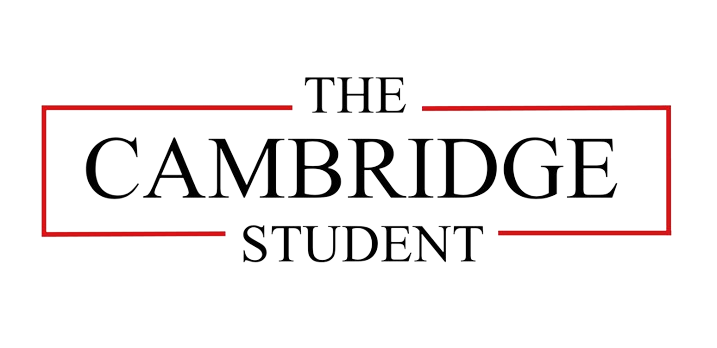Agatha Christie’s ‘The Hollow’ Review
3/5
This week at the ADC, we can see a return to the classic, time-honoured tradition of the whodunnit. TV series YOU (while disappointing) debates the quality of the genre, with one character calling it ‘word search puzzles for adults’, while another argues ‘it is a formula but the formula is fun – it hides a social commentary’. This is the tricky tightrope which all additions to the murder mystery genre must walk. Especially given Agatha Christie’s own infamy regarding racism and antisemitism – one needn’t look further than the original title of And Then There Were None (look it up because I refuse to write it).
I shall begin with the positives to be found in the performance: firstly, the set is ingenious in its design. Everything you need to know about setting, entrances and exits, and the class of the characters, is contained in the simple yet evocative set. Using a levelled stage to create a patio and garden area, the stage has a depth to it, along with an interactive feeling, as the props and set seem indistinguishable. It feels like we are looking in on someone’s home. It is also good to see a raised level that is subtle and not the overused metro deck which is seen far too often. It is clear and simple, yet tells us everything we need to know.
The music, while relatively brief, also adds to the sense of the time of the piece, and draws us into the world of the play. Swing music plays throughout the performance, often being the source of jokes from the characters. Its juxtaposition to the occurrence of a murder works particularly well. I also appreciated the use of diegetic music – that is, music which exists within the narrative and is heard by the characters. We are given the sense that we see and hear everything the characters do. The lighting was well used to highlight the mood of a scene, as well as switching from a widely lit stage for group scenes and spotlights for more intimate moments of one or two characters.
There was clearly a lot of thought put into direction, making sure the comic timing of many characters was perfect, as well as coordinating entrances – and the manner in which someone entered. This led to a lot of laughs amongst the audience. My main criticism of the direction would be of the need for every character to amble and circumambulate the entire stage. I wished at times that the actors would simply stand still – or at least move with some purpose.
In terms of performances, by far the highlight of the show was Betty Blythe, playing Lucy Angkatell. Blythe perfectly captured the character of Lucy. Her performance lit up the stage with every entrance, giving each scene she appeared in a new sense of life and energy. She was undoubtedly the source of much laughter. Honourable mentions must go to Isaac Allen, Jake Leigh and Cat Strong. Strong holds much of the second half of the play together, giving a somewhat emotive performance in the conclusion. She was very convincing in her role as the slightly dim housewife – a performance of the character too, as we find out. Jake Leigh, though underused, timed each entrance and line perfectly to great comic effect, very much resembling the butler from Wilde’s The Importance of Being Earnest. Isaac Allen’s performance is also hugely adept in accessing both the humorous and darker aspects of his character – he had a distinctly human feel compared to some of the others.
Amy Brian Emma Dawes also gave admirable performances and seemed very natural on stage. At times, the energy they brought onto the stage could have been greater, however. Erin Tan also gave an amusing (if slightly overacted) portrayal of actress Veronica Craye. I appreciate that Craye is herself supposed to be dramatic, but some greater level of humanity would have been good to see.
The surrounding cast gave adequate performances, with clear characters. The energy was often a little low, with accents and many lines seeming slightly laboured. But each had their moments of interest. There were a few too many instances of feeling like you were watching actors acting, rather than characters.
The main criticism I have is simply that the play both is, and feels, rather long, almost to the point where one wished to stop asking “whodunnit?”, and rather “is it done yet?”. By the time the (not so dramatic) reveal came, it was more of a relief than a moment of excitement. The slow working out of the crime by the two detectives felt so drawn out and overly methodical that there was a slight loss of interest.
Ultimately, The Hollow does not possess any of Christie’s worst tropes, but nor is it the sort of murder mystery we can see on our screen now; something resembling the Knives Out franchise, or Kenneth Branagh’s Murder on the Orient Express and Death on the Nile are a far cry from what is being performed. I fear that, on the tightrope of ‘word search puzzles’ and ‘social commentary’ it often falls on the side of the latter. What social commentary there is, is of a kind relegated almost entirely to the petty squabbles of the upper class. Admittedly, many of these issues concern the playscript itself and cannot be helped once one is committed to performing the play. Nevertheless, this is what can be seen on stage.
Agatha Christie's ‘The Hollow’ is on at the ADC until 18 February. You can get your tickets here.

